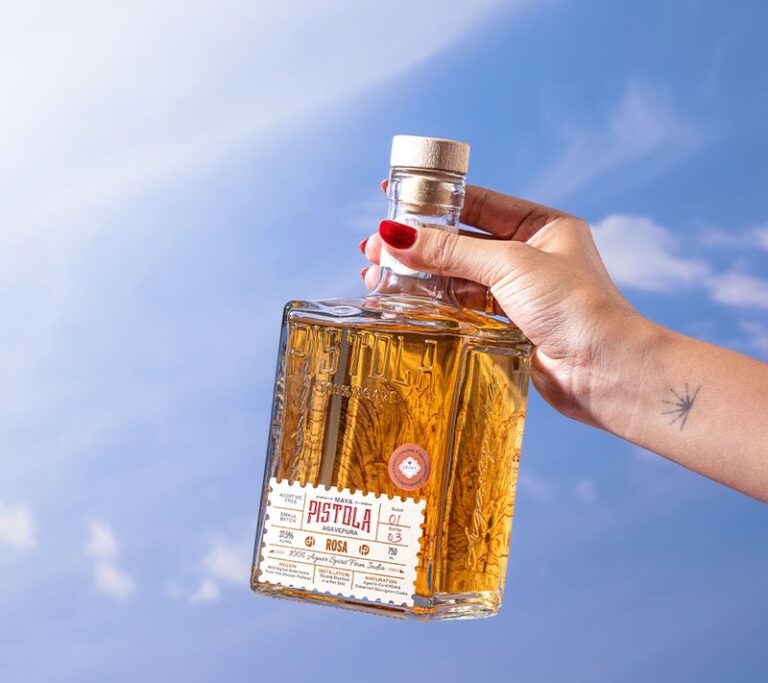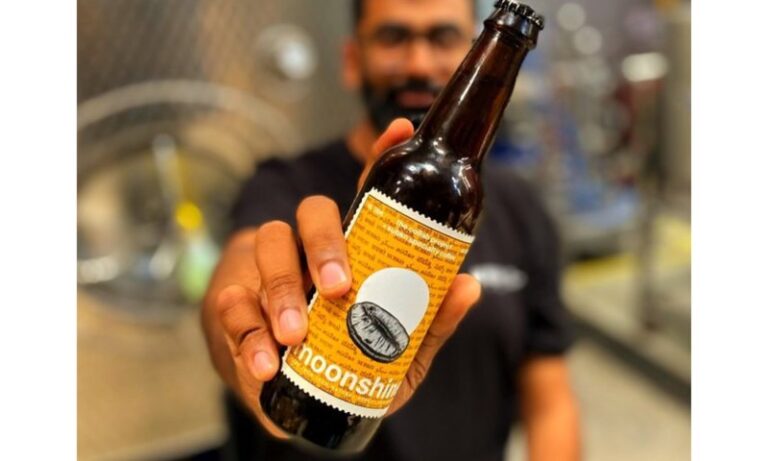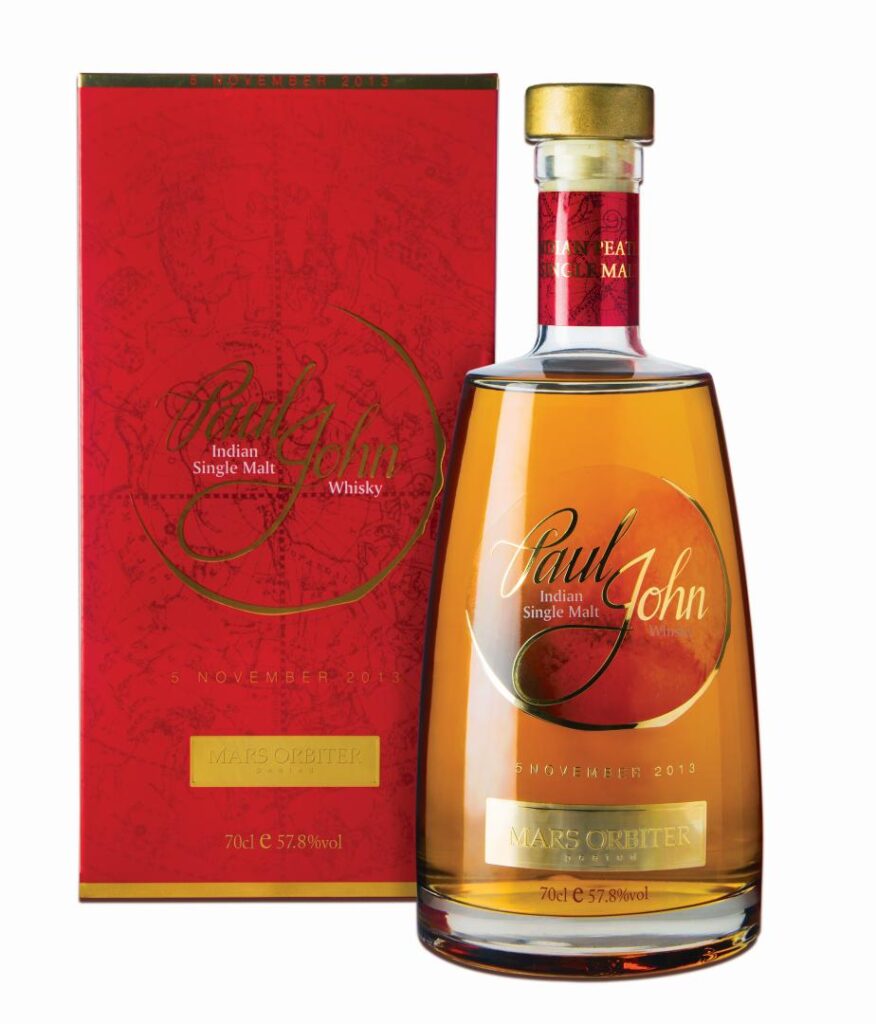You’ve just launched a fabulous spirit. The market is buzzing. Everyone is rushing to grab the bottle and post about it on the Gram and earn a spot of social currency. Your social media team is acing the content game. You’re the talk of the industry and the aficionados for a couple of months. Then, the very next brand that’s launched grabs your market’s attention. Brand loyalty stays, but the excitement diminishes. The onus is now on you to win back their attention and keep the excitement abuzz. And this is how life, read brand cycle, comes full circle…
With a virtual tsunami of spirits being launched, brands have to stay on their toes not only to retain their share of the pie, but to do so creatively. That’s where the play of ‘limited releases’ comes in, breathing renewed interest in the brand, while according an opportunity to spread their net a little wider. These limited releases thus become collectibles—they infuse the right dose of curiosity and dopamine to spark an entire conversation around the hows and whys. Why were they created; how to drink them, and most importantly, whether to enjoy them or hold them for their future rarity value as a noteworthy investible.
THE RAISON D’ETRE
What makes a limited release a trending proposition? How does a brand conceive a limited release? The idea is simple: keep the market excited, show your experimental prowess, and add to your share of the pie from other similar markets. International brands have already paved the way with endless examples—Hendricks Gin has an entire range of Bathtub bundles, and even Elon Musk had a go at it with his Tesla Tequila. But the inevitable question is whether it’s just a fad or a play for the long run?
Limited releases are an intelligent response to what a brand has learnt over time and their propensity to bottle it. It is a sensitive play since there’s a lot that can go awry. To begin with, in India, we have a ‘problem of plenty’. There are too many distracting influences. That new gin that was just released, it could’ve been made in a thousand possible permutations of botanicals. Of course, the one they ended up with was the expression that proved the best fit at the time, give price sensitivity and the maturity of the market. That said, each year they can flirt with their botanicals even if they use the same, they can simply alter the proportions to create new renditions just like Greater Than’s Juniper Bomb, which used three times the juniper compared to the original Greater Than. Voila! The world goes chasing after it.
PLAY OF TIME, PLAY OF CHARECTER
On the other hand, a whisky distiller could just fill their mash bill with a plethora of grains. More importantly, age them in a particular cask shape, size, build, duration, or exposure that the country hasn’t seen before. And you have a collectible whisky. Glenfiddich’s Winter Storm was Scotch whisky aged in Canadian Icewine casks, Glenmorangie’s Nectar d’Or had a Sauternes dessert wine cask finished whisky, Amrut has exclusive Port pipes aged whiskies, Tamnavulin aged their spirits in a Rioja Tempranillo cask…the list is endless.
For an agave spirit maker, toying with a special wine cask could add a hue, tannins, and terroir that the spirit could have never experienced by itself. That’s precisely what Pistola Agavepura, an Indian agave spirit, did when they rested their spirits in a specially sourced Cabernet Sauvignon barrel from KRSMA Wines from Hampi, birthing their Rosa Select edition. Rakshay Dhariwal explains this union simply: “There’s a certain complexity and special character that a wine barrel can add to a spirit that no other cask can add. We are making good wines in India; we are crafting brilliant spirits in the country. It only makes sense that the two meet”.

It’s not just the barrels and what they deliver to the spirit, sometimes it’s also the duration of the ageing. India’s proximity to the equator makes it among one of the hottest places to age a spirit. Our spirits age four times faster than those in Japan, Ireland, or Scotland. So if something is aged in India for 12 years, it is equivalent to a 50-year-old Scotch. That’s half a century, have you seen one that old yet? Then again, who was thinking about ageing a spirit for that long in India 12 years ago? Last year Camikara Rum stunned everyone with its introduction of a rare 12-year-old example, sparking off a serious conversation about India’s distilling prowess, more importantly about sturdy rums in the country.

And it’s not just about gin and whisky, there’s so much that can be done with our favourite wines, beers, meads, and other spirits that settling for just one should be, deemed a crime, at least socially. It’s a fantastic way for the brand to remain relevant, keep the consumers guessing, and the creative juices flowing with storytelling that weaves fantasia and not just fluff.
THE CONSUMER WINS
More than for a producer, limited releases are for the consumers—tiny offerings that are like surprise gifts from Secret Santa. Moonshine Meadery, Asia and India’s first of its kind setup, collaborated with Subko Coffee for a remarkable coffee mead. Nitin Vishwas, owner and cofounder of Moonshine, saw this as a great way to grab the attention of the specialty coffee drinkers and draw them into the mead market. Coffee enthusiasts often seek information on the product’s origin, its fermentation style, roast levels, grind grade, and the brewing methods. A similar query is relevant in case of honey’s origin and the process that transforms it from a natural product to a drink worth relishing. And the same applies to wines, chocolates, teas, fruits, and a lot more, promising a congenial marriage with a happily ever after for the palate.

A Liquid Interpretation
Whether it’s the trend of the time, say the revival of pink gins and spiced rums, or capturing the moon landing in liquid form, these limited releases encapsulate a moment, a philosophy or a concept. Take a leaf out of the Indian single malt whisky success of Goa-based Paul John Whiskies, which has aced their collectable series programme. Whether it’s the once a year limited release called the ‘Christmas Edition’, which has a cult following now, or their even ‘more limited’ Constellation series that has yielded gems such as Kanya and Mithuna. Even rarer is their Mars Orbiter—a tribute to ISRO for their successful launch of Mangalyaan in 2013, a once in a lifetime event that merited a unique celebration. These spirits have become a global phenomenon now, and done much to prove that India is a mature market for such niche collectibles, single-handedly nudging the shelf price of Indian whiskies close to upwards of a lakh. Diageo’s recent Indian international whiskey, Godawan released a 100 bottle batch of what was unimaginatively called Godawan Century and came with a price tag of ` 1 lakh. And its rarity value will only hike the price from here on.


Personally, my favourite interpretation of India’s collective love distilled in a bottle was the Broken Bat by Greater Than gin, released at the end of 2022. The 2023 cricket World Cup was being hosted by India, everyone was bleeding blue, and they launched the gin that singlehandedly ignited the gin revolution in the country with a single masterstroke—a gin that was macerated in Kashmiri Willow from the bats that once scored the winning runs on the streets of India. While oaky gins might have been a point of contention among its aficionados, a spirited homage to the second greatest love of the world’s largest population proved to be quite the charmer.

While not all limited releases are exciting and some are even undeserving of a welcome on the shelf, but they endeavour to serve our ever-increasing appetite for experimentation. Till we have a palate that can be teased and tantalised, a mind that can appreciate creative storytelling, and a desire for the finer things in life, limited releases will continue to add exciting twists to our favourite elixirs. To the sun in the sky and the amber in our glass, we say: “Tomorrow is another day”.
Originally written for India Today Spice

